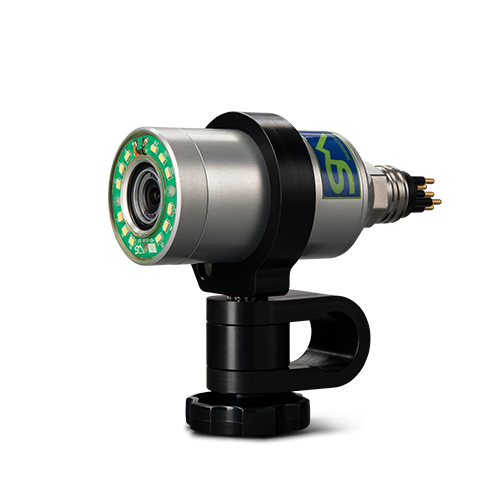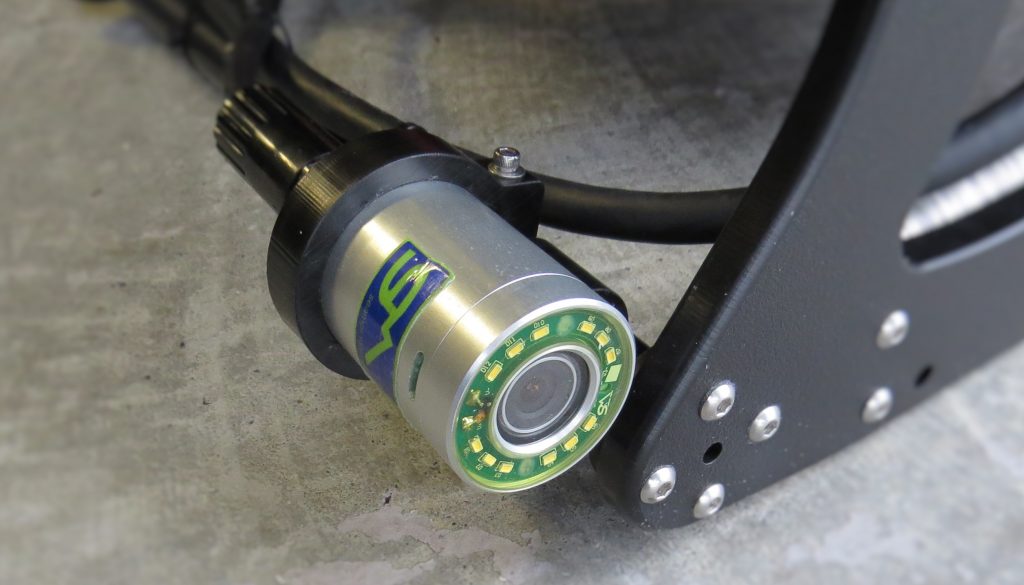Marine cameras are a crucial component of Remotely Operated Vehicles (ROVs). They capture underwater footage and imagery and make tasks like underwater inspections easier. There are several popular types of marine cameras suitable for ROVs, and one such example is the auxiliary camera by SEAMOR Marine.
Bullet Point Summary
- What task does your ROV need to complete? In what environmental conditions?
- What will you be using your camera for?
- Is higher resolution necessary?
- Are you looking for functionality or cool specs? (specs are usually measured in perfect conditions, but your ROVs do not work in perfect conditions)
Potential Pitfalls
- Higher resolution uses too much power and drains battery life
- Processing power of ROV is not high enough which leads to lagging images on your control and problems with live inspections
- Higher resolutions are not per se the best choice for work in murky waters
- More expensive for potentially little gain (unless you’re filming an underwater documentary)
The SEAMOR Marine Auxiliary Camera
SEAMOR Marine ROVs come equipped with one or more marine auxiliary cameras that designed for underwater use. These cameras are known for their image quality, reliability, and versatility, making them ideal for a variety of underwater applications. The SEAMOR marine auxiliary camera comes with its own list of benefits compared to others in the industry.
For starters, our cameras are super lightweight and can be paired with any of our own ROVs, and many others. Here too, SEAMOR follows its modularity principal and takes the need for versatility very seriously. Despite weighing only 200g (in air), our marine auxiliary camera is super sturdy and can go down to depths of 600m/1968ft. It is compatible with nearly any other ROV, on a diving helmet, or as a stand-alone (drop camera). This, thanks to its low power need and wide voltage range.
In short, the SEAMOR marine auxiliary camera gets the job done. It is reliable. It is versatile.

Higher Resolution Camera Benefits
One of the benefits of high-resolution cameras in ROVs (resolutions beyond HD) is that they provide even more detailed images. This can help to identify any potential issues or problems that may require repair or maintenance. This information can be used to plan repairs and make necessary changes to underwater structures and equipment. High-resolution cameras also make it easier to identify and study underwater life, as well as to document the underwater environment.
The Drawbacks
However, there are also some drawbacks to high-resolution cameras in ROVs. One of the main issues is that high-resolution cameras require more processing power to process and store large amounts of data. That requirement can be an issue for smaller ROVs that may have limited processing capabilities. Additionally, higher resolution cameras can be more expensive than other types of marine cameras, without a clear value-for-money proposition other than cool specs.
Some cameras, like those using 4k and 8k imaging, do not only require more processing power. Their drawback is that they film and focus on any suspended particles in the water too. This means that when doing inspections or filming in poor visibility the high-resolution cameras are subpar to a normal SD and HD cameras. The power needed to process these detailed images is a lot higher. A live-feed delay is a common problem when there is a processing power mismatch. When that happens, your ROV becomes more difficult to operate which could lead to dangerous situations.
Simply looking at the specs will not help you avoid this issue. This because specs are measured under perfect lab conditions by most brands. Talk to others who have experience using the cameras you are interested in buying. Check out our case studies for reviews of SEAMOR products. Consider the trade-offs when choosing and buying your marine camera. The tasks at hand are very important to consider.
“The quality of the Chinook’s HD camera used in this ROV inspection never ceases to amaze me in the murky waters of the Port of Maassluis in the Netherlands,” says John Troch, Director and Co-founder of DroneQ Robotics in Rotterdam.
That being said – we got you covered either way!
The marine auxiliary camera by SEAMOR is considered one of the best due to its combination of its quality standard definition footage, which fits perfectly on your control panel screens, and its reliability and versatility. Our camera is designed to be durable: ensuring that it can withstand the harsh conditions of underwater use.
SEAMOR ROVs are highly customizable. We can also offer you an ROV based on your choice of camera! What it boils down to is knowing the tasks your ROV and your underwater camera need to complete. Come chat with us to find out more. We are here to answer any questions you have.
In conclusion, marine cameras are an essential component of ROVs. Keep in mind, high-resolution cameras may be increasingly popular due to their impressive specs, but that does not mean they are good at getting the job done. The SEAMOR marine auxiliary camera is one of the best examples of standard resolution marine cameras. We built it with you in mind. Altogether, it provides great image quality, reliability, and versatility, making it ideal for a variety of underwater applications.

